Cocker Spaniel Colors offer a stunning array of choices for dog enthusiasts, showcasing a rich spectrum from sleek black and liver to vibrant red and golden, as well as unique patterns like blue roan and merle. Understanding these colors not only enhances appreciation for this beloved breed but also provides insights into their genetics, grooming needs, and potential health considerations. Whether you’re a prospective owner or a longtime fan, this comprehensive guide will help you navigate the captivating world of Cocker Spaniel colors and choose the perfect companion for your lifestyle.
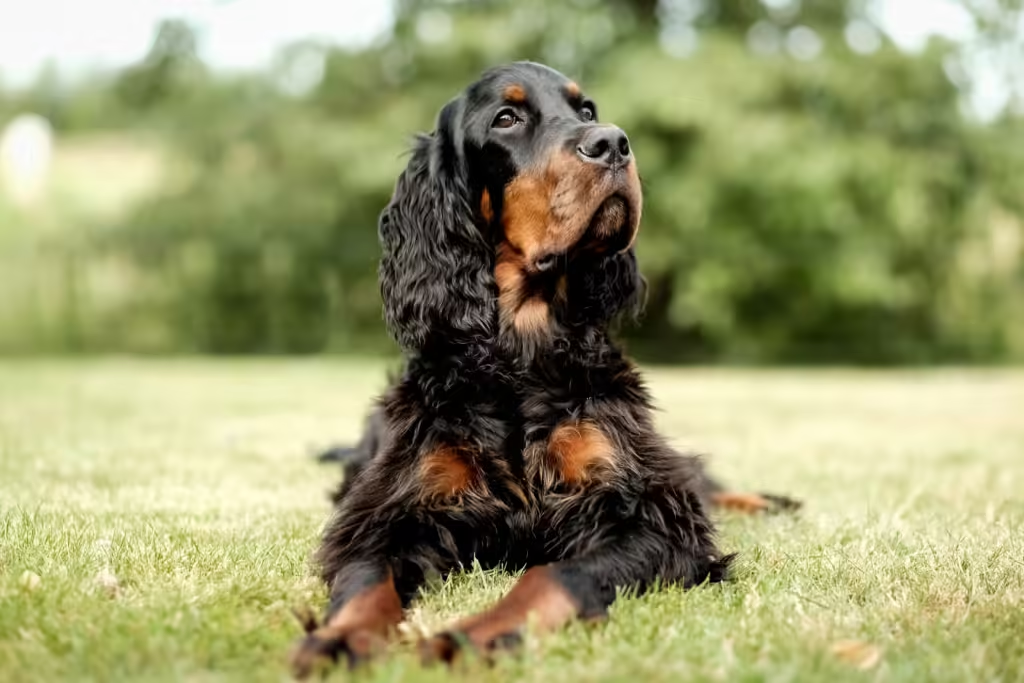
Table of Contents
Introduction to Cocker Spaniel Colors
Overview of Cocker Spaniel Breed
Cocker Spaniels are a beloved breed known for their affectionate nature, intelligence, and strikingly beautiful coats. These dogs have a rich history, originally bred as hunting companions in England. Their name derives from their proficiency in hunting woodcock, a type of game bird. Today, Cocker Spaniels are cherished pets and show dogs, admired for their charming personalities and diverse range of coat colors.
Importance of Coat Colors in Cocker Spaniels
The color of a Cocker Spaniel’s coat is more than just an aesthetic attribute; it often influences the dog’s appeal to potential owners and can be an indicator of certain genetic traits. Coat color can affect a dog’s care requirements and even its susceptibility to specific health issues. Understanding the various coat colors in Cocker Spaniels is essential for breeders, owners, and enthusiasts alike.
Historical Perspective on Cocker Spaniel Colors
Historically, the range of colors in Cocker Spaniels has evolved due to selective breeding practices. In the early days, functionality was prioritized over appearance, but as the breed gained popularity, especially in the show ring, the variety of colors became more pronounced. Different regions and breeders have contributed to the rich tapestry of colors seen in Cocker Spaniels today, each with its unique charm and characteristics.
The Genetics Behind Cocker Spaniel Colors
Basic Genetics of Dog Coat Colors
Dog coat color genetics is a complex field involving multiple genes that control pigment production and distribution. The primary pigments responsible for coat color in dogs are eumelanin (black or brown pigment) and pheomelanin (red or yellow pigment). The interaction between these pigments, along with various modifying genes, results in the wide array of coat colors and patterns observed in dogs, including Cocker Spaniels.
Specific Genes Affecting Cocker Spaniel Colors
In Cocker Spaniels, several genes play crucial roles in determining coat color. Key genes include the E (Extension) locus, which affects the production of eumelanin, and the A (Agouti) locus, which influences the distribution of pigments. Other significant loci include the B (Brown) locus, the D (Dilute) locus, and the S (Spotting) locus, each contributing to specific color outcomes.
Inheritance Patterns of Cocker Spaniel Colors
The inheritance of coat color in Cocker Spaniels follows Mendelian principles, where dominant and recessive alleles interact to produce various phenotypes. For instance, a dominant allele might produce a black coat, while recessive alleles might result in liver or chocolate coats. Breeding two dogs with known genotypes allows breeders to predict potential coat colors in their offspring, although some variability is always possible.
Solid Colors in Cocker Spaniels
Black

Description and Characteristics
Black Cocker Spaniels are strikingly beautiful with their glossy, jet-black coats. This color is one of the most common and popular among the breed, giving the dogs a sleek and elegant appearance. Black Cocker Spaniels often have dark eyes and noses, which complement their overall look.
Genetic Basis for Black Coat
The black coat in Cocker Spaniels is primarily influenced by the dominant B allele at the B locus. Dogs with one or two copies of this allele will have a black coat, provided there are no overriding genes that might alter this expression.
Grooming and Care for Black Cocker Spaniels
Black Cocker Spaniels require regular grooming to maintain their shiny coats. This includes frequent brushing to prevent matting and tangles, as well as occasional baths to keep the coat clean and healthy. Special attention should be given to the ears and eyes, as darker-coated dogs can sometimes mask the early signs of infections or irritations.
Liver (Chocolate)
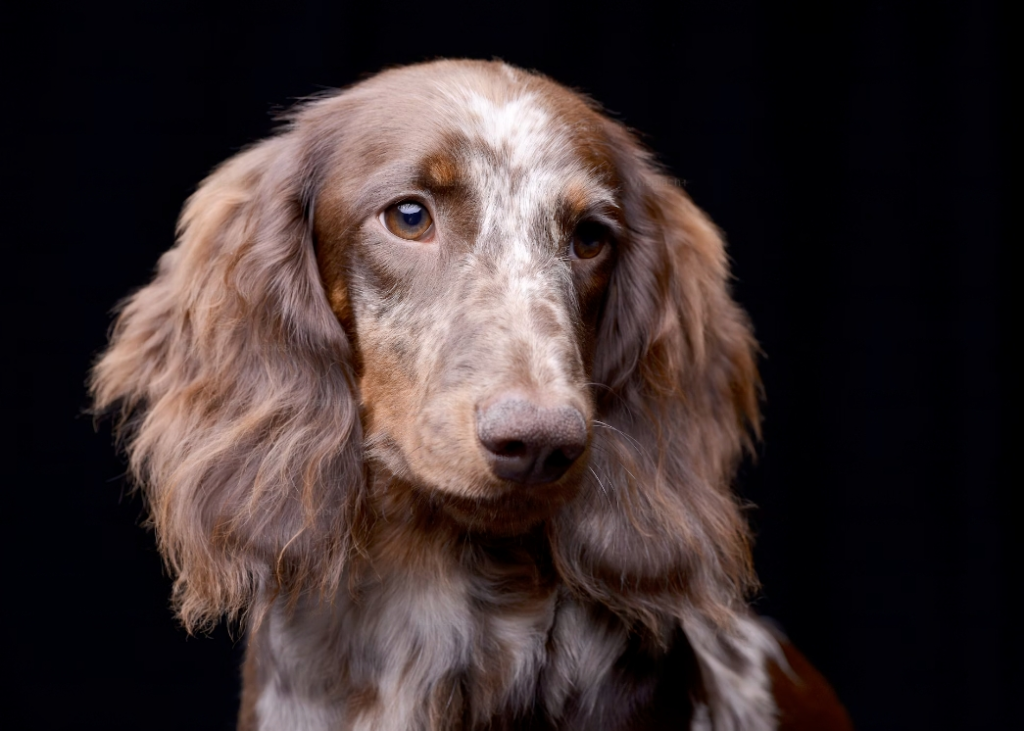
Description and Characteristics
Liver, or chocolate, Cocker Spaniels have rich brown coats that can range from light milk chocolate to dark cocoa. This color gives them a warm and unique look that stands out among the more traditional shades.
Genetic Basis for Liver Coat
The liver coat color results from the recessive b allele at the B locus. For a Cocker Spaniel to have a liver coat, it must inherit two copies of this allele (one from each parent).
Grooming and Care for Liver Cocker Spaniels
Liver Cocker Spaniels require similar grooming to their black counterparts, with an emphasis on regular brushing and bathing. Their coats can show dirt and stains more easily, so maintaining cleanliness is essential. Additionally, regular ear cleaning is important to prevent infections.
Red
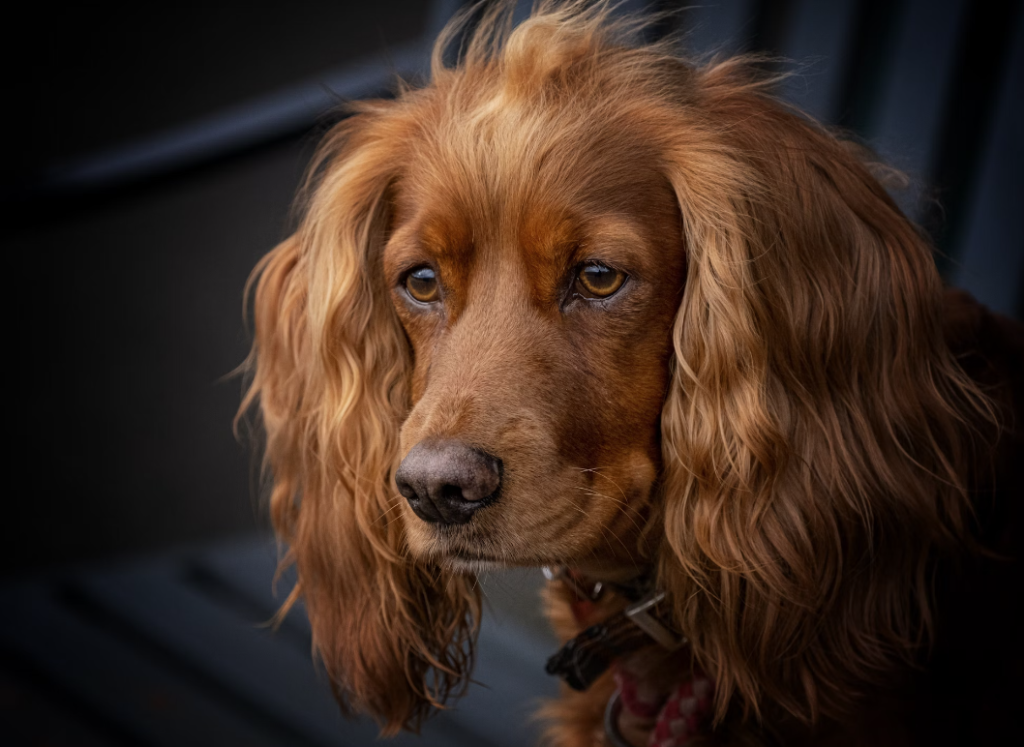
Description and Characteristics
Red Cocker Spaniels have a vibrant, eye-catching coat that can vary from deep mahogany to a lighter, almost orange hue. This color is particularly striking and often associated with high energy and spirited personalities.
Genetic Basis for Red Coat
The red coat color is influenced by the interaction of the E and A loci, with the presence of pheomelanin resulting in the red pigmentation. Variations in shade are due to modifying genes that affect the intensity of the color.
Grooming and Care for Red Cocker Spaniels
Red Cocker Spaniels need regular grooming to keep their coats looking their best. Brushing should be done several times a week to prevent tangles and mats, and bathing should be done as needed. Their vibrant color can fade if not properly cared for, so using color-enhancing shampoos might be beneficial.
Golden
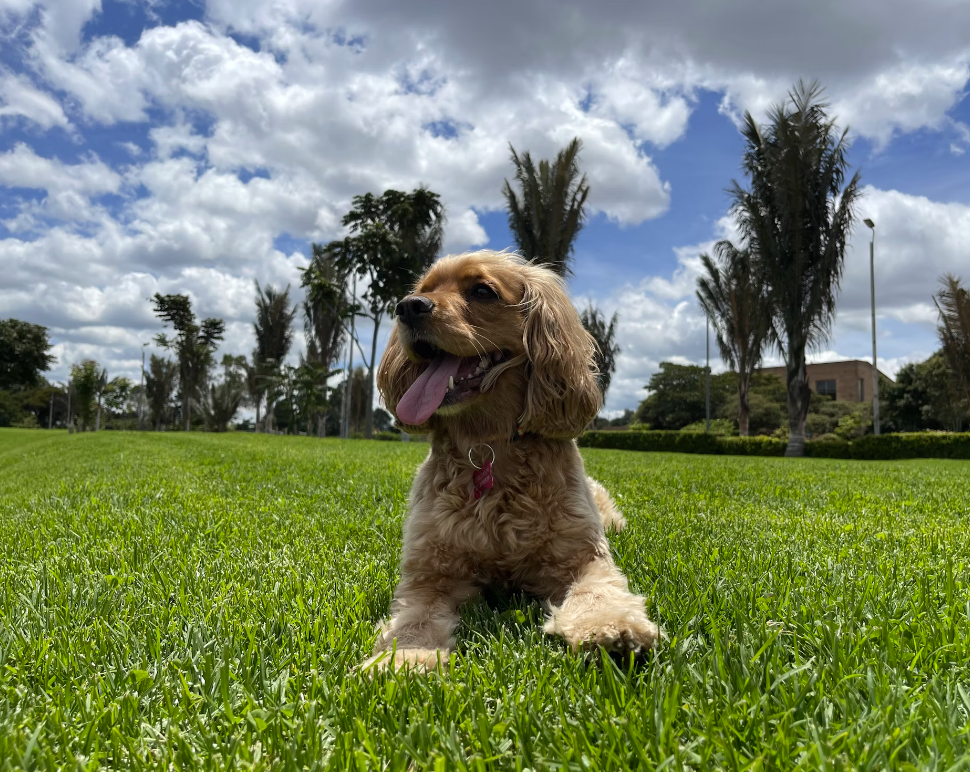
Description and Characteristics
Golden Cocker Spaniels have coats that range from pale cream to rich golden tones. This color is similar to the red but generally lighter and can have a beautiful, almost ethereal glow in the sunlight.
Genetic Basis for Golden Coat
The golden coat is a variation of the red coat, influenced by the same genetic loci (E and A), but with additional modifying genes that lighten the color. The exact shade of gold can vary widely even within litters.
Grooming and Care for Golden Cocker Spaniels
Golden Cocker Spaniels require regular grooming to maintain their luxurious coats. Like other Cocker Spaniels, they need frequent brushing and occasional baths. Special care should be taken to protect their coats from sun damage, which can cause fading.
Parti-Colors in Cocker Spaniels
Black and White
Description and Characteristics
Black and white Cocker Spaniels have a distinctive and striking appearance with their contrasting patches of black and white. This color pattern is often highly sought after for its dramatic and eye-catching look.
Genetic Basis for Black and White Coat
The black and white coat pattern is influenced by the S (Spotting) locus, which controls the presence of white spotting on the coat. The combination of dominant and recessive alleles at this locus results in the black and white parti-color pattern.
Grooming and Care for Black and White Cocker Spaniels
Black and white Cocker Spaniels require regular grooming to keep their coats clean and free of mats. The white areas can show dirt more easily, so frequent baths might be necessary. Regular ear and eye checks are important to prevent infections.
Liver and White
Description and Characteristics
Liver and white Cocker Spaniels have a beautiful combination of rich brown and pristine white in their coats. This pattern can vary in the distribution and size of the patches, making each dog unique.
Genetic Basis for Liver and White Coat
Similar to the black and white pattern, the liver and white coat is influenced by the S locus for spotting and the b allele at the B locus, which produces the liver color. The interaction of these genes creates the liver and white parti-color pattern.
Grooming and Care for Liver and White Cocker Spaniels
Liver and white Cocker Spaniels need regular grooming to maintain their coats. Brushing several times a week helps prevent tangles and mats, and frequent baths keep the white areas clean. Attention to ear cleaning is crucial due to their susceptibility to infections.
Red and White
Description and Characteristics
Red and white Cocker Spaniels exhibit a striking contrast between their vibrant red and clean white patches. This color combination is especially attractive and gives the dogs a lively and cheerful appearance.
Genetic Basis for Red and White Coat
The red and white coat pattern is influenced by the S locus for spotting and the E and A loci for red pigmentation. The interaction of these genes results in the beautiful red and white parti-color pattern.
Grooming and Care for Red and White Cocker Spaniels
Red and white Cocker Spaniels require regular grooming to keep their coats looking vibrant. Brushing should be done frequently to prevent tangles, and baths should be given as needed to maintain cleanliness, especially in the white areas.
Blue Roan
Description and Characteristics
Blue roan Cocker Spaniels have a unique and beautiful coat pattern characterized by a mix of black and white hairs that give a blue-gray appearance. This color is highly prized for its distinctive and attractive look.
Genetic Basis for Blue Roan Coat
The blue roan coat results from the interaction of the roan gene (a variant of the S locus) and the dominant B allele at the B locus. This combination creates the intermingled black and white hairs that produce the blue-gray appearance.
Grooming and Care for Blue Roan Cocker Spaniels
Blue roan Cocker Spaniels need regular grooming to maintain their unique coats. Brushing should be done several times a week to prevent mats and tangles, and occasional baths help keep the coat clean and healthy. Regular ear cleaning is important to prevent infections.
Orange Roan
Description and Characteristics
Orange roan Cocker Spaniels have a beautiful coat pattern with a mix of red (orange) and white hairs, giving a warm and appealing appearance. This color is less common but highly desirable for its unique look.
Genetic Basis for Orange Roan Coat
The orange roan coat is influenced by the roan gene at the S locus and the E and A loci for red pigmentation. The intermingling of red and white hairs creates the orange roan pattern.
Grooming and Care for Orange Roan Cocker Spaniels
Orange roan Cocker Spaniels require regular grooming to keep their coats looking their best. Brushing should be done frequently to prevent tangles and mats, and occasional baths help maintain cleanliness. Special attention to ear cleaning is important to prevent infections.
Lemon Roan

Description and Characteristics
Lemon roan Cocker Spaniels have a striking coat pattern characterized by a mix of pale yellow (lemon) and white hairs. This color is rare and highly valued for its distinctive and attractive appearance.
Genetic Basis for Lemon Roan Coat
The lemon roan coat results from the interaction of the roan gene at the S locus and the e allele at the E locus, which produces the pale yellow (lemon) pigmentation. The combination of these genes creates the unique lemon roan pattern.
Grooming and Care for Lemon Roan Cocker Spaniels
Lemon roan Cocker Spaniels need regular grooming to maintain their beautiful coats. Frequent brushing helps prevent tangles and mats, and occasional baths keep the coat clean and healthy. Regular ear cleaning is essential to prevent infections.
Ticked and Mottled Patterns in Cocker Spaniels
Ticking
Description and Characteristics
Ticked Cocker Spaniels have small, distinct spots of color on their white coat areas. This pattern adds a unique and attractive look to the dog’s overall appearance.
Genetic Basis for Ticking
The ticking pattern is controlled by the T locus, with the presence of the dominant T allele resulting in the appearance of small colored spots on the white areas of the coat.
Grooming and Care for Ticked Cocker Spaniels
Ticked Cocker Spaniels require regular grooming to keep their coats clean and free of tangles. Brushing several times a week helps maintain the coat’s health and appearance, and occasional baths keep it clean. Regular ear and eye checks are important to prevent infections.
Mottling
Description and Characteristics
Mottled Cocker Spaniels have an irregular and varied pattern of color patches on their coats, creating a unique and striking appearance. This pattern can vary widely in its presentation, making each dog unique.
Genetic Basis for Mottling
Mottling is influenced by multiple genes, including those at the S and T loci, which interact to produce the varied and irregular color patches seen in this pattern.
Grooming and Care for Mottled Cocker Spaniels
Mottled Cocker Spaniels need regular grooming to maintain their unique coats. Frequent brushing and occasional baths are necessary to keep the coat clean and healthy. Attention to ear cleaning is crucial to prevent infections.
Rare and Unique Cocker Spaniel Colors
Sable
Description and Characteristics
Sable Cocker Spaniels have a distinctive coat with dark-tipped hairs over a lighter base color, giving a shaded or shadowed appearance. This color is rare and highly prized for its unique look.
Genetic Basis for Sable Coat
The sable coat is influenced by the A locus, where the presence of the Ay allele results in the dark-tipped hairs over a lighter base color. Modifying genes can affect the intensity and distribution of the sable pattern.
Grooming and Care for Sable Cocker Spaniels
Sable Cocker Spaniels require regular grooming to maintain their beautiful coats. Brushing should be done several times a week to prevent mats and tangles, and occasional baths help keep the coat clean and healthy. Special attention to ear cleaning is important to prevent infections.
Merle
Description and Characteristics
Merle Cocker Spaniels have a striking coat pattern characterized by irregular patches of diluted color mixed with the base coat color. This pattern is rare and highly sought after for its unique and eye-catching appearance.
Genetic Basis for Merle Coat
The merle coat pattern is controlled by the M locus, with the presence of the dominant M allele resulting in the irregular patches of diluted color. Breeding merle dogs requires careful consideration due to potential health issues associated with the gene.
Grooming and Care for Merle Cocker Spaniels
Merle Cocker Spaniels need regular grooming to keep their coats looking their best. Frequent brushing helps prevent tangles and mats, and occasional baths maintain cleanliness. Regular ear and eye checks are crucial due to the potential health issues linked to the merle gene.
Dilute Colors
Description and Characteristics
Dilute Cocker Spaniels have a softer, paler version of standard colors due to the presence of the dilution gene. This can result in shades like blue (dilute black) or fawn (dilute red).
Genetic Basis for Dilute Colors
The dilute colors are influenced by the D locus, where the presence of the recessive d allele results in the dilution of the base color. Dogs with two copies of the d allele will display the dilute coat color.
Grooming and Care for Dilute Cocker Spaniels
Dilute Cocker Spaniels require regular grooming to maintain their soft and pale coats. Brushing should be done frequently to prevent tangles and mats, and occasional baths help keep the coat clean and healthy. Special care should be taken to protect their skin from sun damage, which can be more pronounced in dilute-colored dogs.
Health Implications of Different Coat Colors
Genetic Health Issues Linked to Certain Colors
Certain coat colors in Cocker Spaniels can be linked to specific genetic health issues. For example, merle dogs are at a higher risk of hearing and vision problems due to the effects of the merle gene. Similarly, dilute-colored dogs may be more prone to skin conditions and sun sensitivity. Responsible breeding practices and genetic testing are crucial to minimize these risks.
Responsible Breeding Practices
Responsible breeding practices are essential to maintain the health and well-being of Cocker Spaniels. Breeders should prioritize genetic testing to identify potential health issues linked to coat color and avoid breeding dogs with known genetic problems. By doing so, breeders can help ensure that future generations of Cocker Spaniels are healthy and vibrant.
How to Choose a Healthy Cocker Spaniel Based on Color
When choosing a Cocker Spaniel based on color, potential owners should consider both the aesthetic appeal and the potential health implications. Consulting with reputable breeders and requesting health clearances can help ensure that the chosen puppy is healthy and free of genetic issues. Additionally, understanding the grooming and care requirements associated with different coat colors can help owners provide the best care for their new pet.
Choosing the Right Cocker Spaniel Color for You

Matching Color to Personality and Lifestyle
Different coat colors can evoke different impressions and may be suited to various personalities and lifestyles. For example, black Cocker Spaniels might be perceived as elegant and sophisticated, while red or golden Cocker Spaniels might be seen as lively and spirited. Consider how the coat color aligns with your personality and lifestyle when choosing a Cocker Spaniel.
Popular Colors and Their Appeal
Some coat colors are more popular and sought after than others. Black, red, and golden are among the most popular colors, each with its unique appeal. Understanding the popularity of different colors can help potential owners make an informed decision based on their preferences and the availability of puppies.
Myths and Facts About Cocker Spaniel Colors
There are several myths and misconceptions about Cocker Spaniel colors. For instance, some people believe that certain colors are associated with specific temperaments or health issues. While genetics can play a role in health, it’s important to base decisions on factual information and reputable sources rather than myths.
Conclusion Of Cocker Spaniel Colors
Summary of Key Points
Cocker Spaniels come in a wide variety of beautiful and unique colors, each with its characteristics and care requirements. Understanding the genetics behind these colors and the potential health implications is essential for responsible ownership and breeding. Regular grooming and care are crucial to maintaining the beauty and health of these charming dogs.
Final Thoughts on Cocker Spaniel Colors
Choosing a Cocker Spaniel based on color is a personal decision that should consider both aesthetic preferences and practical considerations. By understanding the diverse range of colors and their implications, owners can make informed choices and provide the best care for their beloved pets. Whether you prefer a sleek black coat, a vibrant red, or a unique merle pattern, there’s a Cocker Spaniel color to suit every taste and lifestyle.
If you found our content helpful Cocker Spaniel Colors don’t forget to share it on your social media: Twitter
More Articles: Home






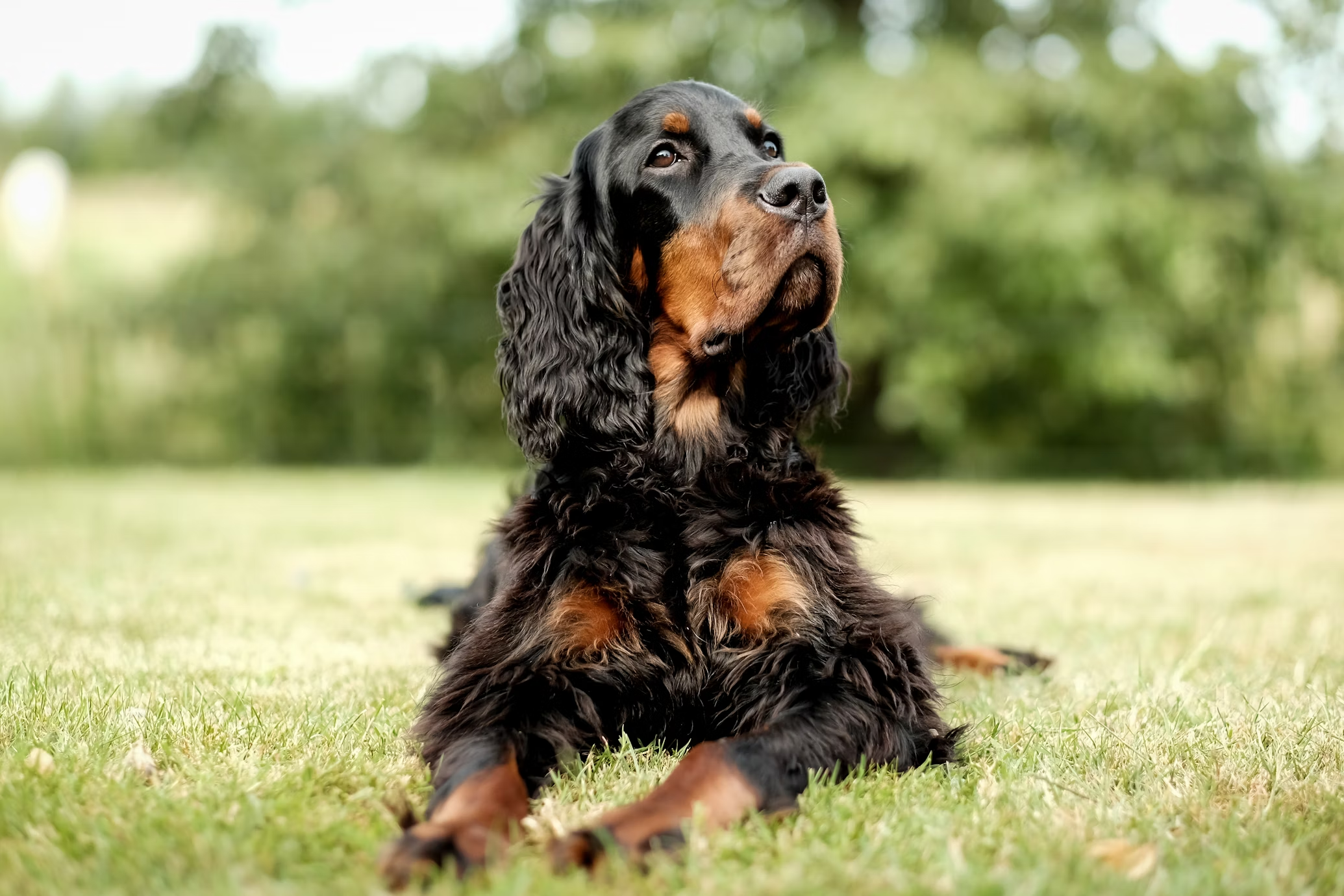
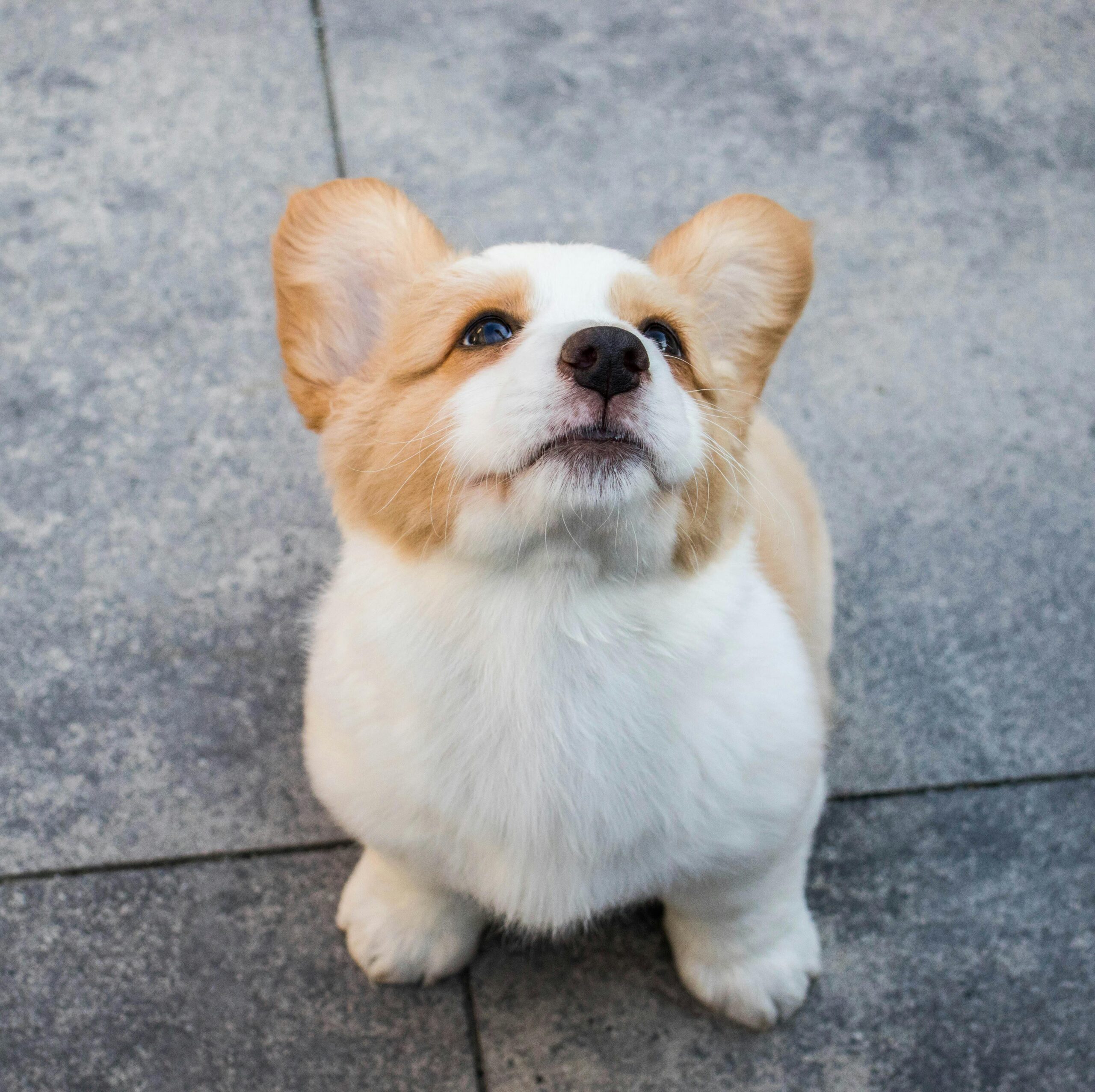


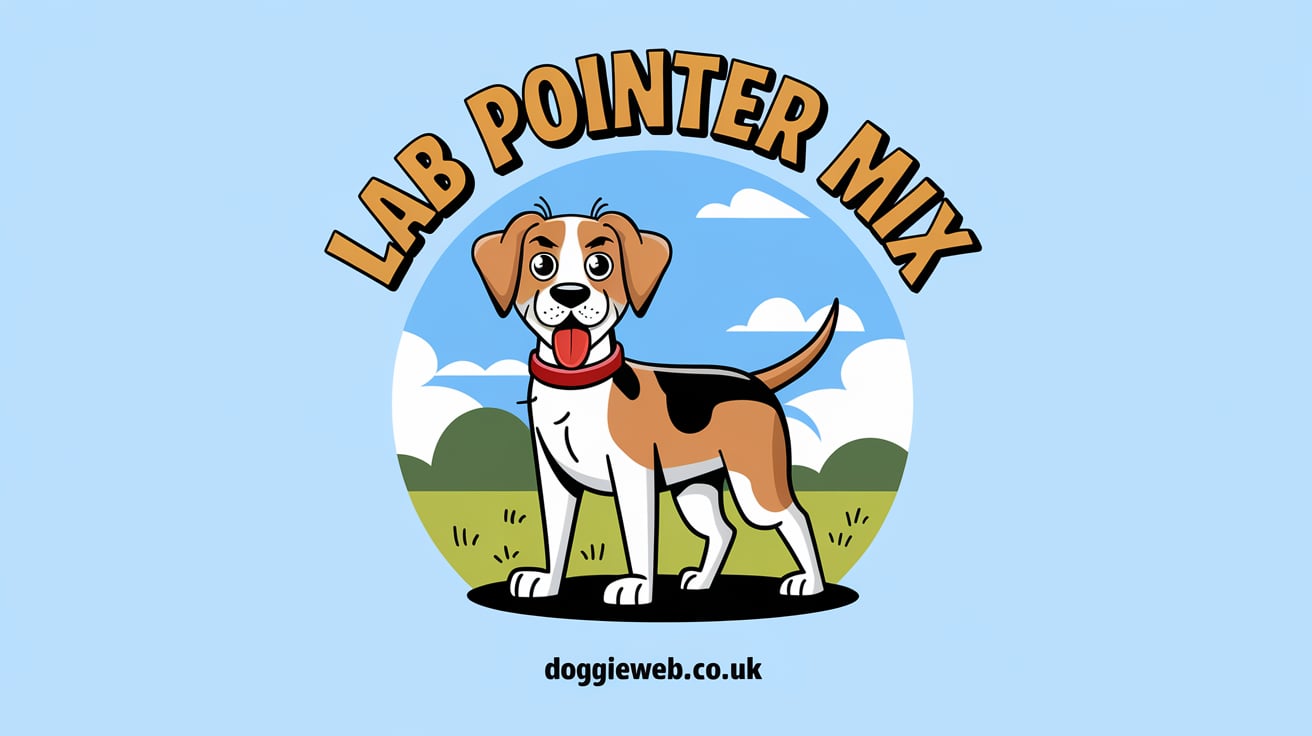
10 thoughts on “Cocker Spaniel Colors: A Comprehensive Guide”